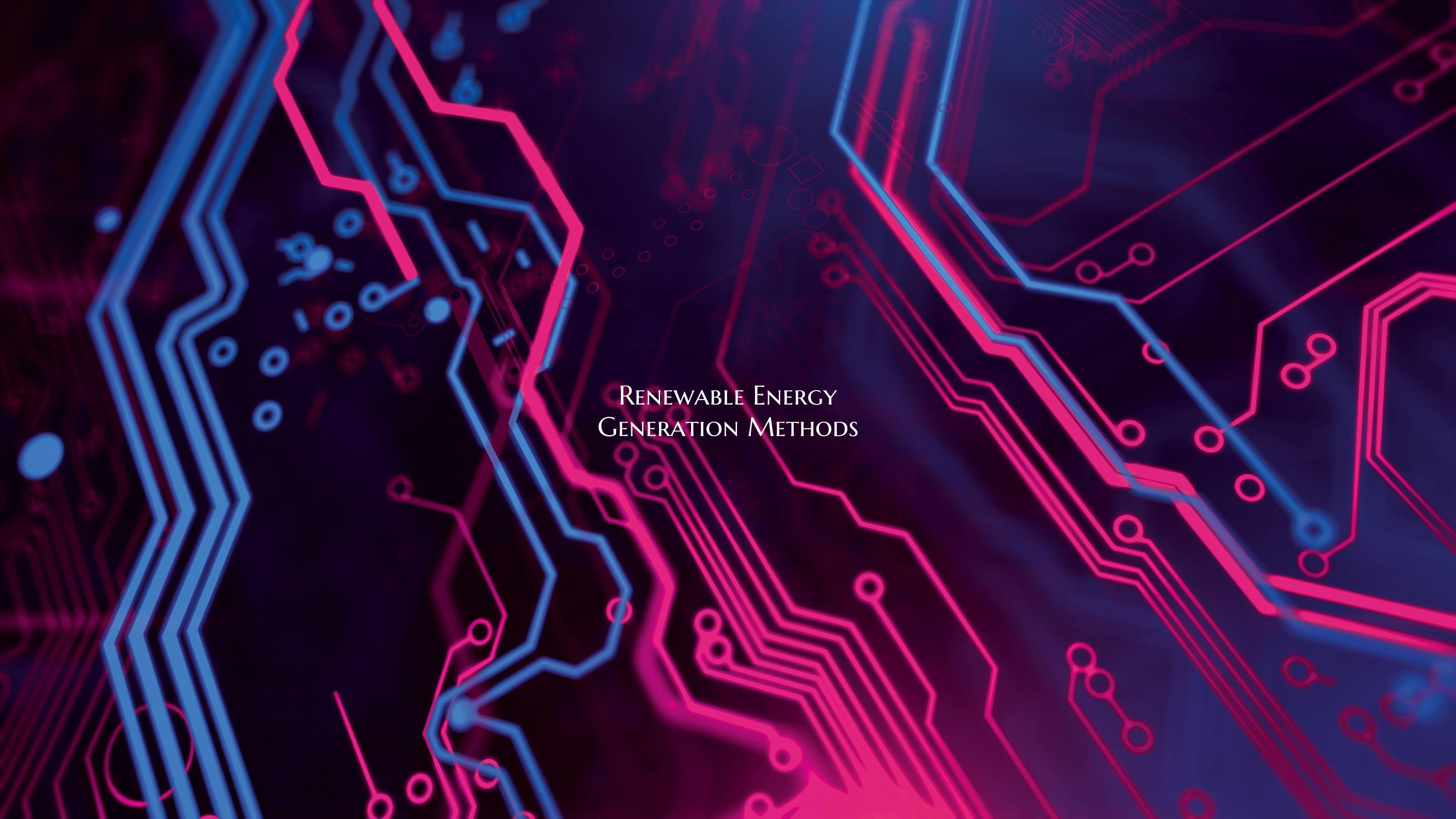Renewable Energy Generation Methods
Renewable Energy Generation Methods
As the world increasingly shifts towards sustainable energy sources to combat climate change and reduce reliance on finite resources, renewable energy generation methods have come to the forefront of the global energy landscape. These methods harness inexhaustible sources such as sunlight, wind, water, and geothermal heat to produce clean electricity with minimal impact on the environment. Here are some of the most prominent renewable energy generation methods:
1. Solar Power: Solar energy is derived from the radiation of the sun and can be converted into electricity using photovoltaic (PV) panels or concentrated solar power (CSP) systems. PV panels directly convert sunlight into electricity, while CSP systems use mirrors or lenses to concentrate solar energy and produce steam to drive a turbine.
2. Wind Power: Wind energy is captured by wind turbines that convert the kinetic energy of the wind into mechanical power. This power is then used to generate electricity through a generator. Wind farms, located onshore or offshore, harness the natural power of the wind to produce clean electricity.
3. Hydropower: Hydropower, also known as hydroelectric power, utilizes the energy of flowing water to generate electricity. Dams or flowing water sources drive turbines that produce electricity. Hydropower is one of the oldest and most widely used renewable energy sources.
4. Geothermal Energy: Geothermal energy is derived from the heat stored within the Earth's crust. This heat can be harnessed to produce electricity through geothermal power plants. Steam or hot water from underground reservoirs is used to spin turbines and generate electricity.
5. Biomass Energy: Biomass energy is produced from organic materials such as wood, agricultural residues, and organic waste. These materials can be burned directly for heat or electricity generation, or converted into biofuels such as ethanol and biodiesel.
6. Tidal and Wave Energy: Tidal and wave energy capture the kinetic energy of ocean tides and waves to generate electricity. Tidal barrages, tidal turbines, and wave energy converters are used to harness the energy of the oceans and generate clean electricity.
7. Off-grid and Distributed Generation: Off-grid renewable energy systems, such as solar home systems and micro-hydro systems, provide electricity to remote areas without access to the grid. Distributed generation involves small-scale renewable energy systems installed close to electricity consumers, reducing transmission losses.
Renewable energy generation methods offer a sustainable and environmentally friendly alternative to traditional fossil fuels. By diversifying energy sources and promoting the adoption of renewable technologies, we can work towards a cleaner, more sustainable energy future for generations to come.

